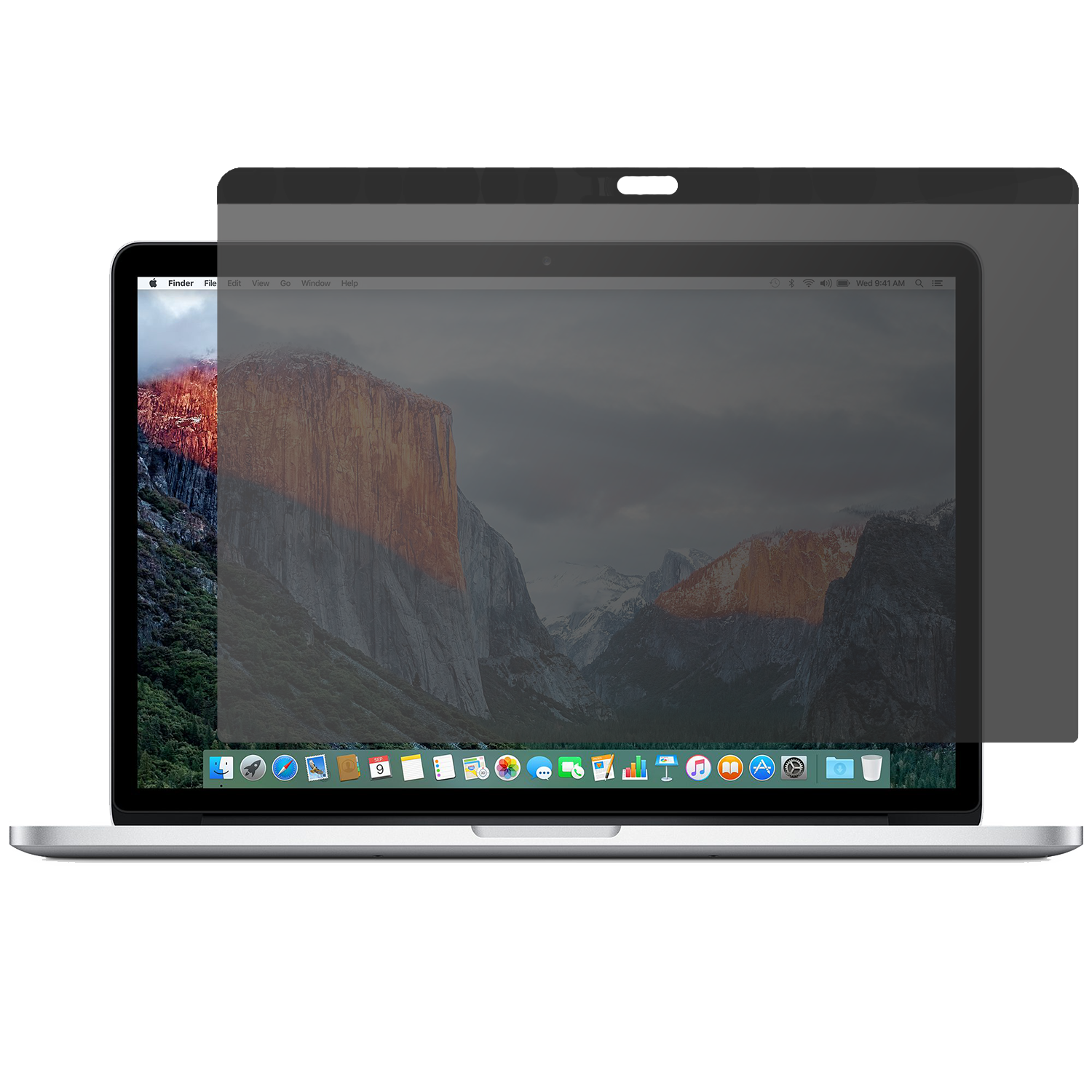

They are to Roman Baroque painting what Frans Snyders’s canvases are to Flemish art, and like Snyders, they sometimes collaborated with figurative artists. Their large, theatrically staged pictures often combine fruit with architectural fragments and figures to achieve an incomparably rich effect (fig.


The next stage in this process was taken by the author of The Met’s painting, who can be seen as the bridge between Caravaggio and the protagonists of Baroque still-life painting in Rome as represented by Michelangelo Cerquozzi (1602–1660) and Michelangelo Pace del Campidoglio (1625–1669). In that picture, Caravaggio transformed the practice of still-life painting from an exercise in naturalistic description to a dramatic presentation of the sensual presence of nature’s abundance. Of this keystone in the history of still-life painting in Rome, Alberto Cottino has written, “for the first time in the region of the Mediterranean we truly have a still life that becomes protagonist exclusively for its own qualitative and luministic qualities-in a word, its naturalism a still life in which the fruit has the same monumentality and the same impact as the human figure had in history paintings.” Given the fact that Caravaggio’s picture was probably little known by Roman artists, the actual point of reference for The Met’s painting-a significant work from this first chapter of still-life painting in Rome-is likely to have been the basket of fruit projecting over the edge of the table in the Supper at Emmaus that Caravaggio painted in 1601 for Ciriaco Mattei (National Gallery, London). Caravaggio’s picture seems to date from the late 1590s and was probably sent to Milan soon after, possibly by the artist’s patron and protector, Cardinal Francesco Maria del Monte. 1 above) that by 1607 was in the collection of the cardinal archbishop of Milan, Federico Borromeo. In its isolated composition of a basket of fruit on a wood table with a dark background and the light falling from the upper left, there is an obvious analogy with Caravaggio’s only surviving independent still life, Basket of Fruit (see fig. All are fruits of late summer and early fall, underscoring that it is intended to be read as a still life taken directly from nature (what, in the critical language of the day, was called dal naturale) rather than a reconstructed, ideal still life composed of studies made over a period of time without necessarily regarding seasonal uniformity, as was often the case with later still-life painting. The Picture: Grapes, possibly a quince, an apple, a fig, and pomegranates are shown in a basket, the fig and vine leaves filling out the composition to the edges. The Artist: For a biography of Bartolomeo Cavarozzi, see the Catalogue Entry for Grape Vines and Fruit, with Three Wagtails ( 2016.306).


 0 kommentar(er)
0 kommentar(er)
